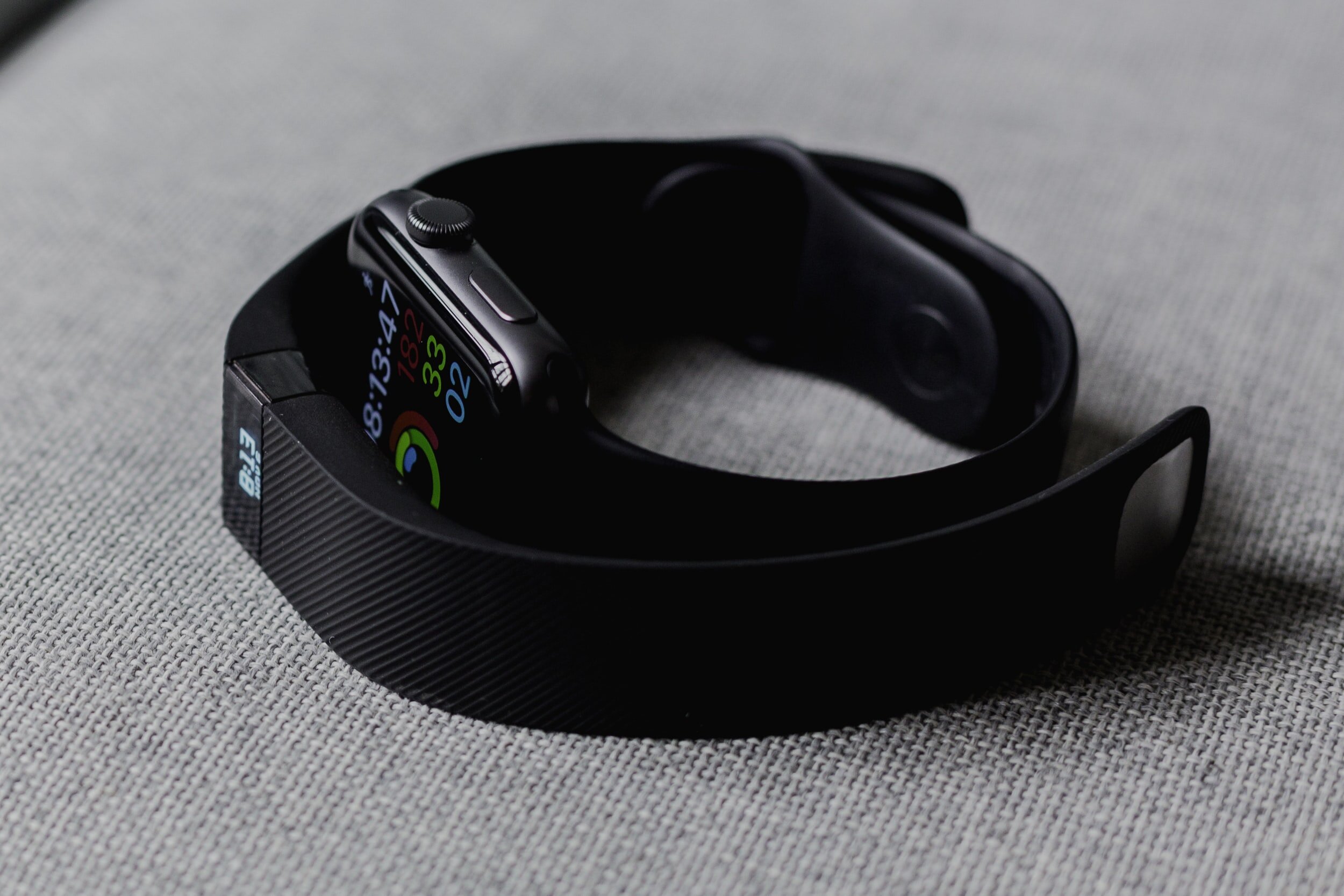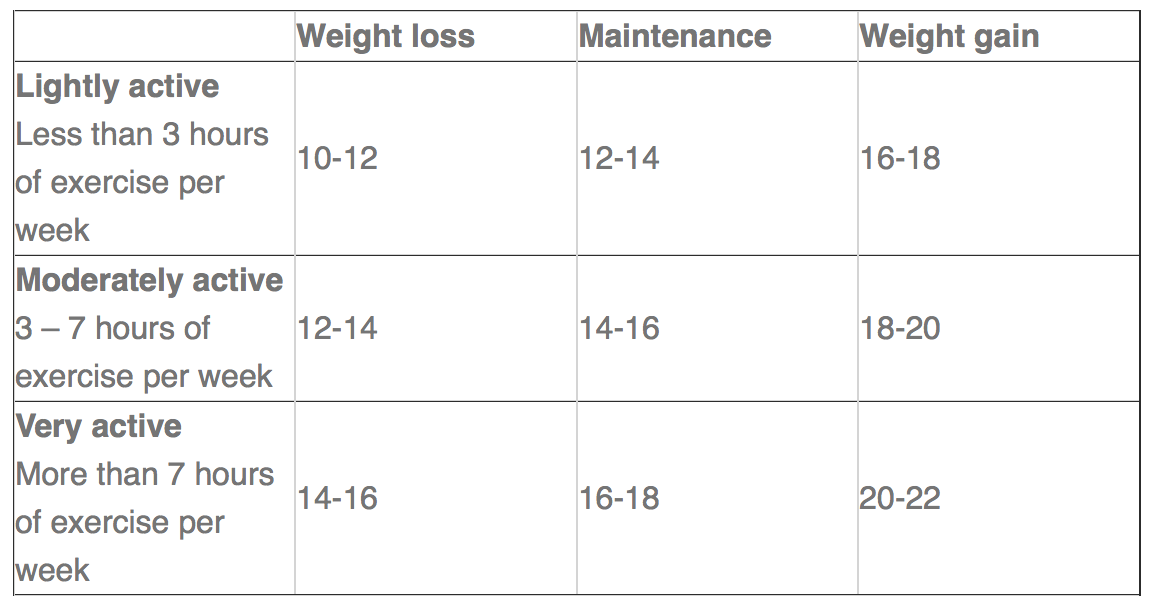How to count calories for weight loss and muscle gain.
With all the information out there, it can be confusing trying to understand how calorie tracking works. One minute one source is saying you have to be in a deficit to lose weight, the next someone else is saying you have to eat to boost the metabolism.
Confused much?
While no living thing in this universe breaks the laws of thermogenesis, a calorie is only really a calorie if its accurately tracked, consumed, and used, otherwise it’s just theoretical, as in “my watch says I burnt 600 calories” kind of theoretical.
Your watch is probably lying
While fitness apps and smart watches can be helpful in reminding us to move, they are notoriously terrible at assessing calorie expenditure.
My watch used to tell me I would burn 200 calories doing 45 minutes of yoga. Um....... no. I might burn that on the assault bike, but certainly not yoga. And this coming from a yoga teacher that really moves when she's on a mat. Its just not realistic.
"Should I eat back my calories?”
The answer is a complicated one because yes, while you want to make sure that you are fueling your body well enough to help you get through your activities from day to day, if your goal is fat loss then "eating back" your calories - especially if you are eating back the numbers on your smart watch - is not going to give you the results you want.
So how do you know how much to eat for your goals?
Do some simple maths. Below is a calorie calculator to help you get started.
I feel like I should emphasise that this is a very over simplistic way of looking at things, since calorie expenditure depends so much more on size like how lean an individual is, how old they are, what gender they are, whether or not they have underlying health issues. However, if you are completely new to calorie tracking, this simple method is a good place to start.
Decide what you want to achieve first.
First an individual should decide whether they want to enter a deficit, a bulk, or a maintenance phase. In simple terms, are you looking to lose, gain or maintain weight?
Once you have established what your goals are, there are several ways of calculating your numbers. Below I have included a simple calorie calculator.
For the purpose of keeping things simple we are going to choose the most straightforward way of calculating how much to eat. Follow these steps to workout your calorie target:
1. Start by figuring out your weight is in lb, and look at the multiplier below:
2. Choose your goals and multiply your weight in lbs by those figures you see in the table. The numbers vary in each box since different individuals require different amounts of fuel, remember this is a guide. The number you get from multiplying your weight in lbs to the number in the box is your recommended calorie intake per day.
3. Stay on those calories for a week and see whether they are right for you. Adjust how you see fit.
Its important however to realise that unless you are strapped to a machine, there is no exact way to measure accurately how much energy you are putting out, so at best, we have to be very good note takers, and stay consistent.
If after staying consistent for a week or two and you're progressing nicely then you're on the right track, if however you're progress is a slow then adjust the numbers up or down by 250 calories a day.
Tracking your food intake.
So now we have established how many calories you should be consuming on a daily basis for your goals, let's talk about how to track food intake.
Did you know that food labels vary wildly by up to 25% more or less calories than what it actually contains?
But that messes with my macros!?!
Seriously though, don't panic! While a lot of the athletes I coach weigh their food, I feel the need to emphasise that you do not have to do this in order to see results.
The most important thing is how consistent you are with your methods. I have coached several clients who have seen incredible results just through hand portions.
It does not matter which method you use to track your food intake, what matters most is consistency. If you are not consistent in your method or efforts, you will not see results.
Whichever method you choose, stick with it. For example, try not to hand portion and at the same time use a food app. This can make it difficult to establish precisely where you might be missing targets. By remaining faithful to one method of measurement, any negative feedback (not losing weight, not gaining weight, lack of energy) can be more accurately evaluated; cross-utilisation of the two methods is more likely to corrupt this feedback and hide precisely where you are failing in hitting your desired intake.
Think of it as a science experiment - you have to maintain consistency if you want to extrapolate reliable data and/or make worthwhile comparisons.
Need help with your nutrition? Get in touch and I can help you reach your fitness goals.




